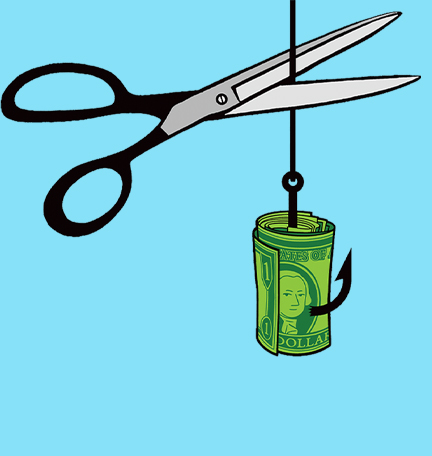The pandemic triggered a domino effect of supply chain disruptions around the globe. Here’s what companies can do to mitigate future disruption.
During the early days of the COVID-19 pandemic, the risks inherent in supply chains became abundantly clear — few as obvious as those associated with overreliance on suppliers from a single geography. Indeed, lockdowns in manufacturing hubs sent shockwaves around the globe, and companies that limited sourcing their goods and materials to specific regions suddenly found themselves unable to meet customer demand.
“Concentration risk — or the overconcentration of providers in a certain geographical market — had a compound effect,” explains Carl Lund, Head of Procurement Operations and Supply Chain Management at Regions Bank.
The pandemic exposed not only the risks associated with overreliance on a single supplier or geographic region but also limitations in manufacturing and distribution capacity — particularly in the United States. Likewise, border shutdowns, outbreaks at distribution centers, and widespread shipping delays exacerbated an already dire situation.
PPE Shortages Brought Key Vulnerabilities to Light
“A supply chain that’s running smoothly will get the right products, with the right quality, at the right price, to the right place, at the right time,” explains Lund. He points to the immediate need for personal protective equipment (PPE) at the start of the pandemic as a prime example that highlighted weaknesses at each of those points.
“There was such a great supply and demand imbalance that it led to constraints across the board — not only in manufacturing and distribution capacity, but also efficacy. For example, anyone can provide you with disinfectant, but if it doesn't meet certain quality standards, it won't be effective.”
Capacity constraints, logistics issues, or slowdowns at inventory management centers aren’t unfamiliar challenges to supply chain leaders. But the pandemic’s perfect storm left virtually no organization untouched, with 94% of Fortune 1000 companies experiencing supply chain disruption as a result.
Rebuilding and Restoring
As companies move forward with planning for the aftermath of the pandemic, they will have to fundamentally revamp their procurement process and supply chain strategies. Vendor diversification, renewed contracts, and dedicated supply chain oversight will be key.
Lund reiterates how critical it is for a company to deliver products and services against multiple, parallel benchmarks. “Each link in the supply chain offers an area of complexity, but with the right safeguards in place, those risks can be managed effectively.”
For more ways organizations can mitigate future disruption and tactical tips for stronger, resilient supply chains, listen to “Building a Less Vulnerable Supply Chain” from our podcast Commercial Insights with Regions Bank.











